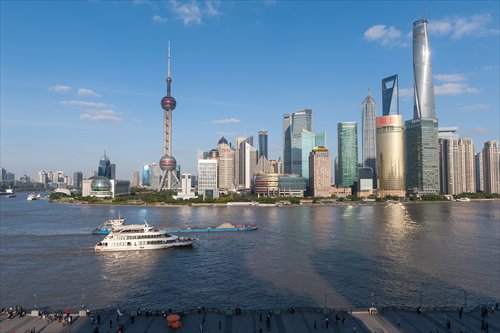China’s central government gets serious about changing IPO rules and helping SMEs raise capital, Global Times article
Govt calls for progress in IPO reform to help small firms
–
By Wang Xinyuan Source:Global Times Published: 2014-11-24
Amid a slowing economy, the Chinese government is considering strategies to help the country’s cash-starved micro and small companies. Upcoming IPO reform is expected to offer easier access to stock market funding, but investors are concerned it could divert funds from existing stocks.

While China’s economy has been affected by a weakening property sector, erratic foreign demand and sagging domestic investment growth, the authorities are hoping that the country’s millions of micro and small enterprises (MSEs) can offer a source of economic energy.
The State Council, the country’s cabinet, pledged on Wednesday to lower the cost of raising funds by giving banks more flexibility to lend and removing rigid profit requirements for a firm to get listed in stock markets, among other measures aimed at making it easier for small firms to grow.
At the meeting on Wednesday, Premier Li Keqiang urged the securities regulator to speed up plans to unveil simplified rules for new IPOs.
Two days after the cabinet’s meeting, the central bank cut interest rates for the first time in two years.
While the rate cut will be of particular benefit for large State-owned enterprises, simplified IPO access is expected to make it easier for cash-starved smaller firms to raise money directly in the markets.
Under the existing IPO scheme, applicants must meet certain conditions in order to get listed in Shanghai or Shenzhen, including having made a profit for at least two consecutive years and having net profit of at least 10 million yuan ($1.63 million).
Even if they meet these requirements, IPO applicants are also subject to the review and approval procedures of the China Securities Regulatory Commission (CSRC), the securities watchdog.
The CSRC suspended its IPO reviews in late 2012 in a bid to enhance information disclosure and crack down on rampant financial fraud and insider trading.
The CSRC also wanted to lay solid foundations for a new round of IPO reform intended to diminish government intervention and establish a more efficient, market-based IPO filing system.
The regulator restarted IPO approvals in December 2013 after a 13-month hiatus.
However, the suspension had resulted in a long queue of IPO applicants. As of mid-November this year, 570 firms were waiting for their applications to be reviewed, according to media reports.
A plan for an IPO filing system with a focus on information disclosure is likely to be released by the end of 2014, the 21st Century Business Herald reported on Thursday, citing a source close to the CSRC.
Equal access
Under the new IPO registration system, the CSRC will no longer intervene in the listing process and will focus on supervision rather than review and approval, analysts said.
The system will provide access to market financing for all firms, not just those at the front of the queue for IPO approval, and the investment value shall be judged by investors, not the government, Dong Dengxin, director of the Finance and Securities Institute at Wuhan University of Science and Technology, wrote on his Weibo on Saturday.
The CSRC was not available for comment on the schedule of IPO registration reform when reached by the Global Times on Thursday.
As China tries to move up the value chain and restructure its economy, small firms have become increasingly important. They also account for more than 70 percent of the country’s jobs.
“While the IPO reforms are absolutely correct in their direction and implementation, the capital markets in China are still unable to provide the financing needed for most MSEs to continue to grow,” Peter Fuhrman, chairman and CEO of Shenzhen-based investment bank China First Capital, told the Global Times in an e-mail on Saturday.
Relatively slow approval of IPOs and the exceptionally long waiting list are seen as the major reasons for the difficult funding.
There are “thousands of Chinese MSEs with good size and profits” that are waiting to go public, said Fuhrman.

